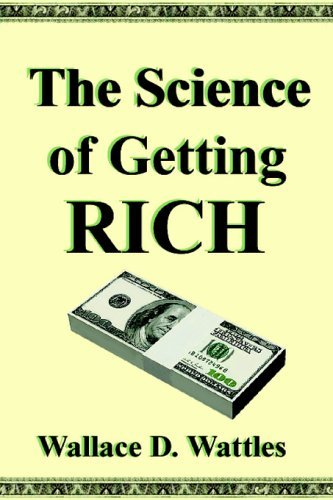 Recently I was visiting with a good friend who told me he wished he had put $50,000 into EchoSign. He told me he had this “extra” money for speculative investments. This friend is a professional, certainly well paid, but with savings, after his home, vacations, schools, and whatnot, of likely a few hundred thousand dollars. I told him that, nothwithstanding the eventual successful exit of EchoSign, that would have been a huge mistake. It was simply too much of his savings, tied up for years in a nonliquid asset. He shook his head. “But I know you – you I should have invested in”. That’s not enough, I tried to explain, why I didn’t take his money then, and wouldn’t take it now.
Recently I was visiting with a good friend who told me he wished he had put $50,000 into EchoSign. He told me he had this “extra” money for speculative investments. This friend is a professional, certainly well paid, but with savings, after his home, vacations, schools, and whatnot, of likely a few hundred thousand dollars. I told him that, nothwithstanding the eventual successful exit of EchoSign, that would have been a huge mistake. It was simply too much of his savings, tied up for years in a nonliquid asset. He shook his head. “But I know you – you I should have invested in”. That’s not enough, I tried to explain, why I didn’t take his money then, and wouldn’t take it now.
The problem is most seed investors aren’t doing the math, and don’t have enough capital to invest, and aren’t doing the right number of investments the right way.
Here’s the basic math:
- Assume $25,000 minimum per seed investment (start-ups shouldn’t take less)
- You probably need to do 30 seed investments to get a diverse enough base. This also means you need to have pretty decent deal flow (you probably don’t). And this is low for a seed fund (30 investments), but about what a $200-$250m VC firm might do (25-30+ investments). So if you pick well, it probably is diverse enough.
- So you really need to put about $750,000 to work ($25,000 x 30) — assuming again you have decent deal flow.
- Even if you have the $750,000 liquid cash, and the deal flow, you should only really invest a few percent of your net worth in seed investments unless you are a professional. This is basic portfolio theory.
- So if you need $750,000 to make a go of it, and that should only be say 2% of your net worth maximum (or less), you probably need at least $15,000,000 – $20,000,000 in investable assets to make money off seed investing with a reasonable risk profile.
Of course, there are exceptions. The dentists that founded Subway will point that out. But even the exceptions are hard to see. Everyone know someone they think are “great”. You are probably right. But odds are, their start-up will fail too. So that’s just deal flow again, not a true exception.
Also, if Sequoia or someone is giving you the money for free to invest, that’s a no brainer 😉
But if you don’t have eight figures of liquid assets, and you don’t have the deal flow — you’ll probably end up a loser.

